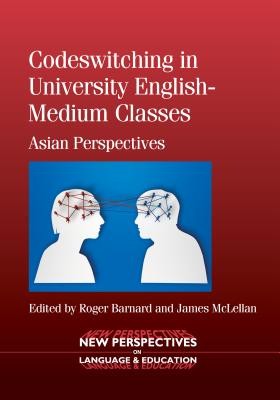
- We will send in 10–14 business days.
- Publisher: Multilingual Matters Limited
- Year: 2013
- Pages: 224
- ISBN-10: 1783090898
- ISBN-13: 9781783090891
- Format: 14.7 x 20.6 x 1.5 cm, minkšti viršeliai
- Language: English
- SAVE -10% with code: EXTRA
Codeswitching in University English-Medium Classes (e-book) (used book) | bookbook.eu
Reviews
Description
In the complex, multilingual societies of the 21st century, codeswitching is an everyday occurrence, and yet the use of students' first language in the English language classroom has been consistently discouraged by teachers and educational policy-makers. This volume begins by examining current theoretical work on codeswitching and then proceeds to examine the convergence and divergence between university language teachers' beliefs about codeswitching and their classroom practice. Each chapter investigates the extent of, and motivations for, codeswitching in one or two particular contexts, and the interactive and pedagogical functions for which alternative languages are used. Many teachers, and policy-makers, in schools as well as universities, may rethink existing 'English-only' policies in the light of the findings reported in this book.
EXTRA 10 % discount with code: EXTRA
The promotion ends in 21d.08:19:21
The discount code is valid when purchasing from 10 €. Discounts do not stack.
- Publisher: Multilingual Matters Limited
- Year: 2013
- Pages: 224
- ISBN-10: 1783090898
- ISBN-13: 9781783090891
- Format: 14.7 x 20.6 x 1.5 cm, minkšti viršeliai
- Language: English English
In the complex, multilingual societies of the 21st century, codeswitching is an everyday occurrence, and yet the use of students' first language in the English language classroom has been consistently discouraged by teachers and educational policy-makers. This volume begins by examining current theoretical work on codeswitching and then proceeds to examine the convergence and divergence between university language teachers' beliefs about codeswitching and their classroom practice. Each chapter investigates the extent of, and motivations for, codeswitching in one or two particular contexts, and the interactive and pedagogical functions for which alternative languages are used. Many teachers, and policy-makers, in schools as well as universities, may rethink existing 'English-only' policies in the light of the findings reported in this book.


Reviews